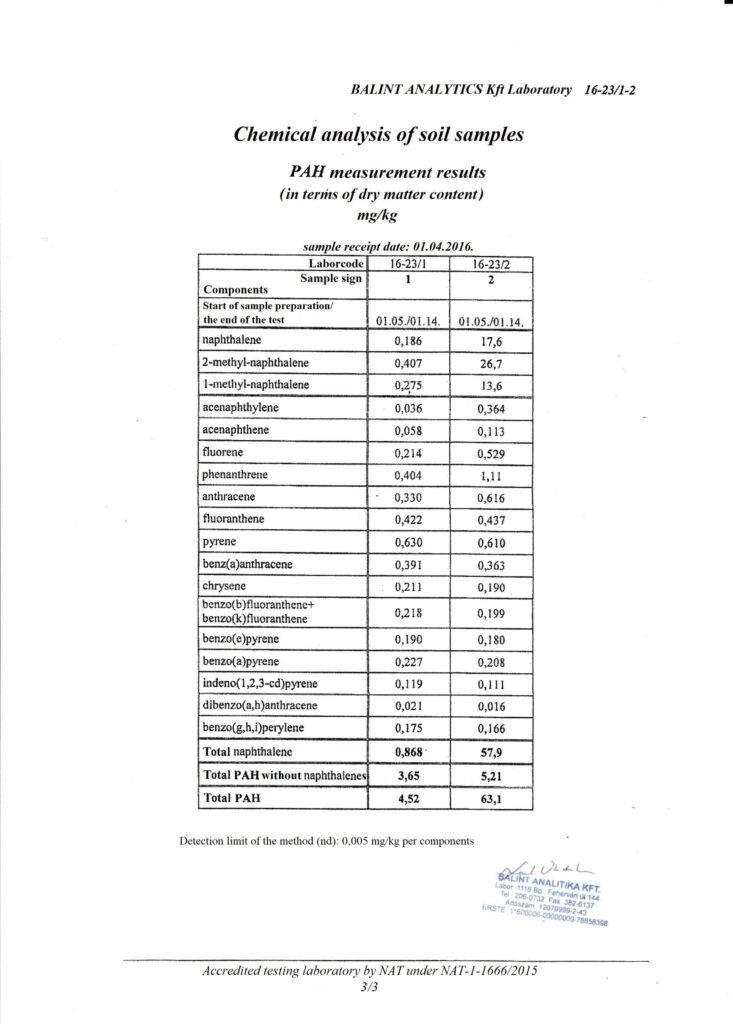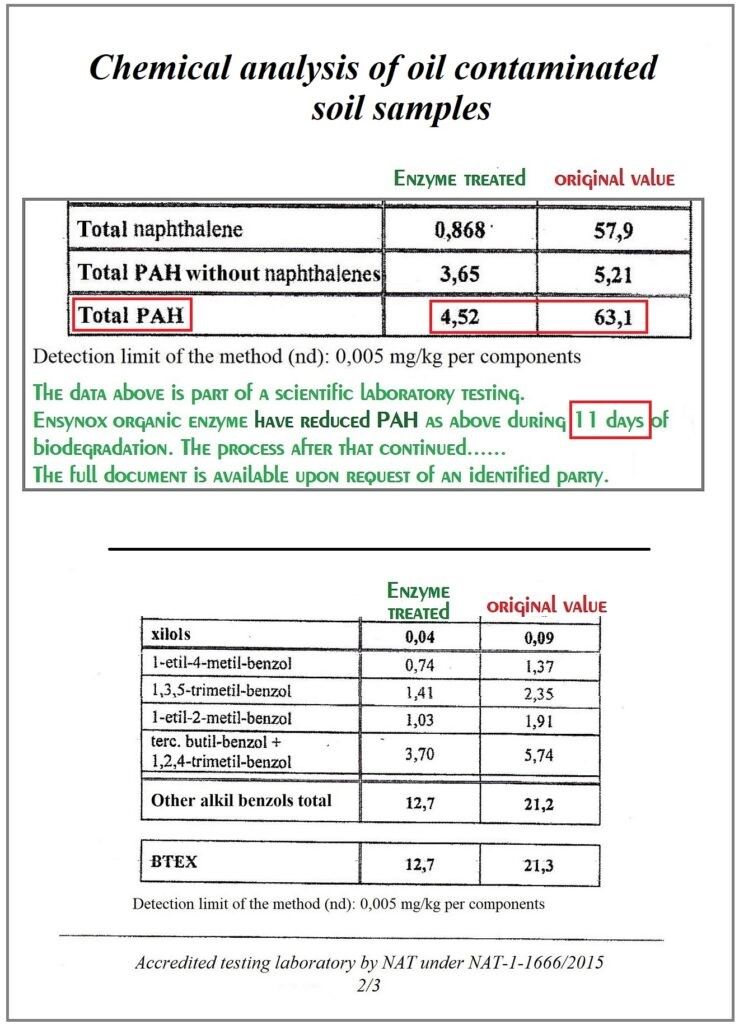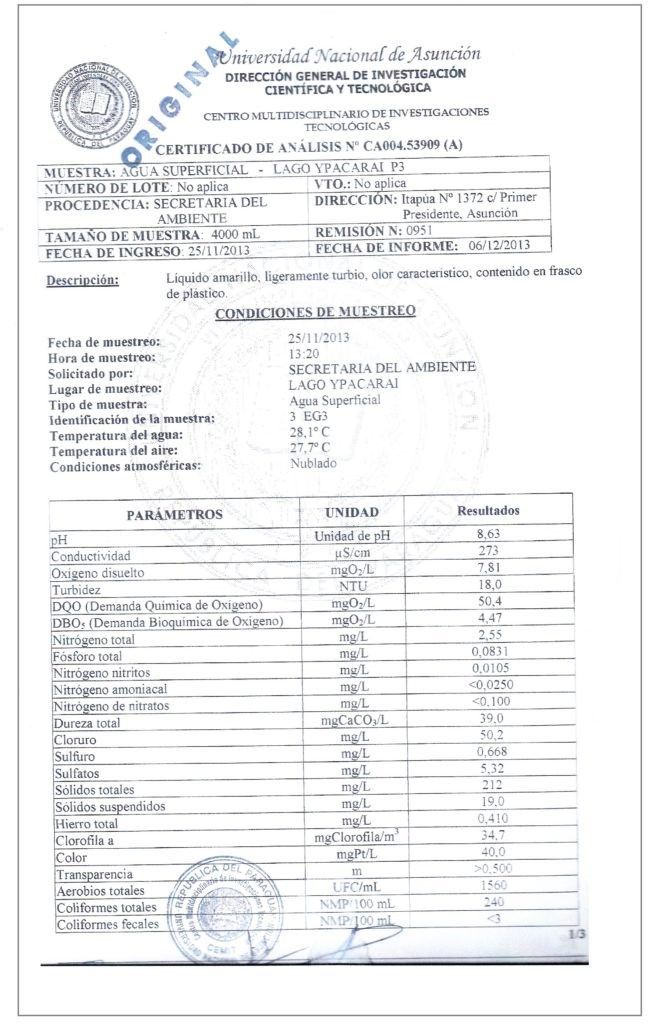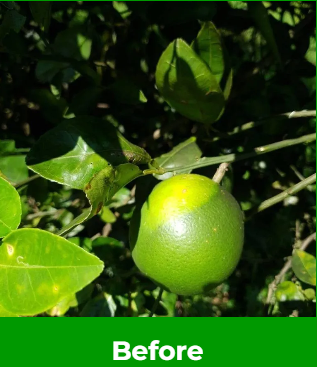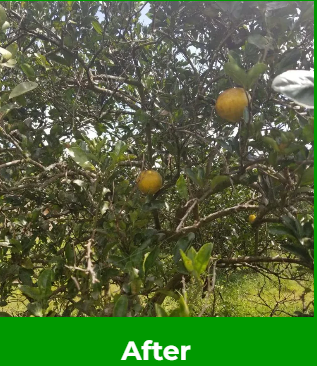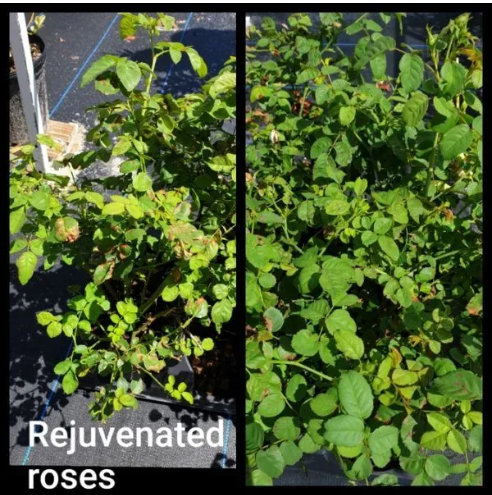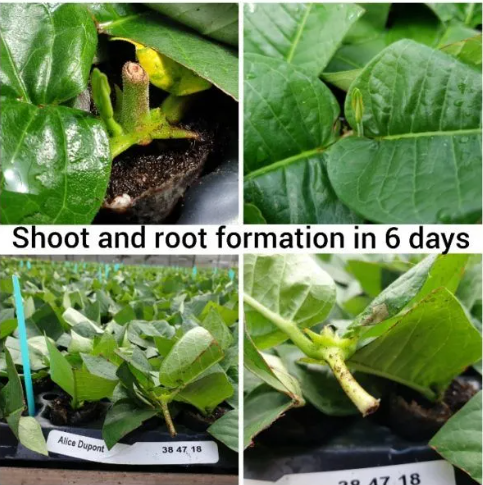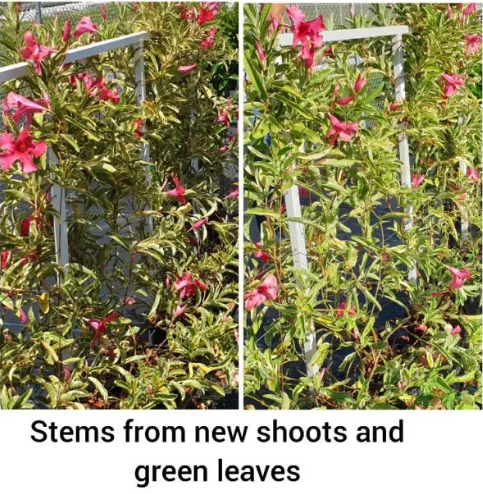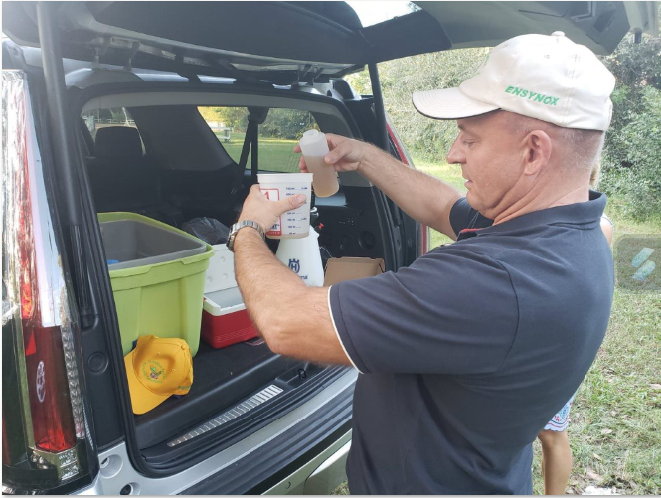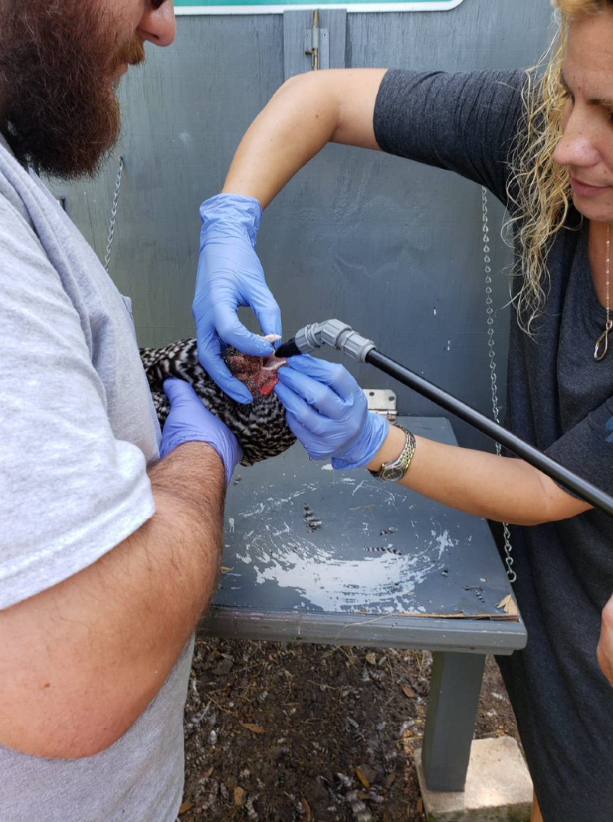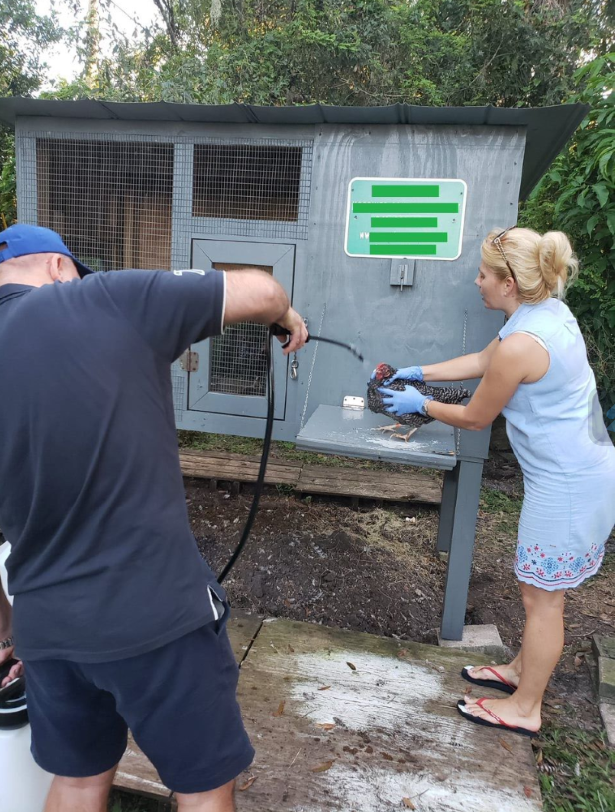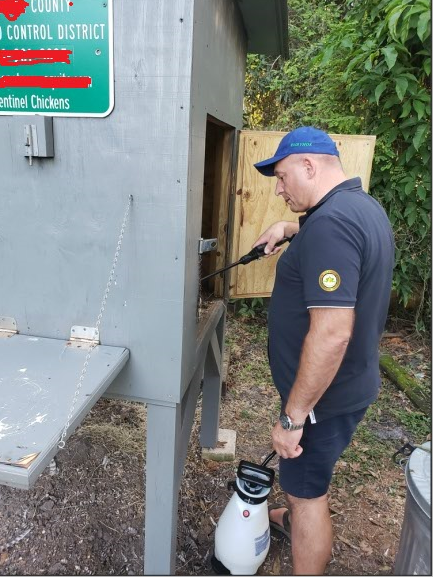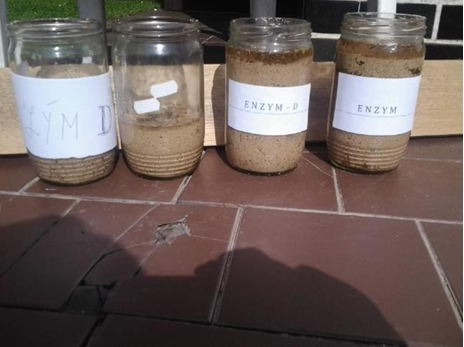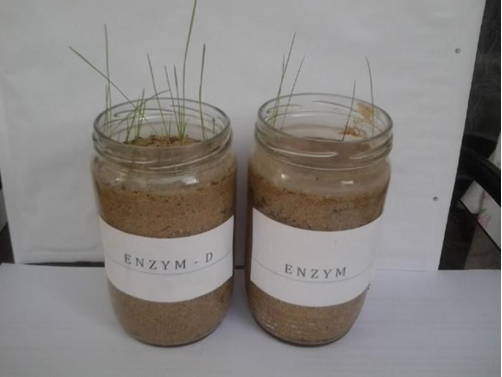Scientific Tests
Scientific Tests Regarding Ensynox® Organic Enzyme
Introduction
There was a high volume of testing conducted with Ensynox® organic enzyme, both laboratory, and field tests, a few of them with scientific data, others without data, and only laboratory experiments or field tests.
This page lists them without giving the full results.
USDA and EU (Health Ministry of Spain) certificates are obtained.
Tests were conducted targeted oil spill cleanup (both physical and biological), blue-green algae, red tide, DDT, PCB (soil), coral reefs, plant disease, animal husbandry disease-bacterial infection, fisheries, human skin disease.
The reason why Ensynox® organic enzyme is so effective in diverse environments is that is SYSTEMATIC. It behaves the same way to toxins, bacteria, contamination. The enzyme reduces their concentration significantly or eliminates them, promotes the natural balance.
The final result of the enzymatic biological degradation is a comprehensive solution. The contaminants will be eliminated or reduced significantly in an environmentally friendly manner. The by-products are harmless and include non-hazardous water and small amounts of carbon dioxide.
For more information, please at first contact the person you forwarded this website to you, or contact attila.tottosi@ensynox.com, referring to the person who sent the website to you.

This page is confidential and may well be legally privileged. It may contain information regarding intellectual property rights protected by patents and trademarks. Use it carefully, only in direct communications with target person(s) who can be capable to perform tests, pilot projects and put the findings into practice.
Besides efficacy, the most important thing is safety.
Material Safety Data Sheet of Ensynox® Organic Decontamination Solution
Our working method is always to introduce our solution to the environment on a small scale, in a controlled environment (scientifically measured and controlled testing in a laboratory or safe, localized field-testing with measurement before-after.
Oil spill - PAH and BTEX hydrocarbons cleanup
Laboratory experiment with scientific data.
New ParagraphaHydrocarbons, PAH (polycyclic aromatic hydrocarbons), and BTEX (benzene, toluene, ethylbenzene, xylene) were investigated in a soil sample.
The tests were conducted in an internationally recognized environmental laboratory in Budapest, Hungary, Europe (registration nr is 16-23/1-2).
Conclusion:
The control test was performed on the 11th day of adding the Ensynox® enzyme to the sample. During the 11 days, the enzyme reduced PAH from the original value of 63.1 mg/kg to 4,52. The enzymatic biodegradation process to be continued after that until the value of relatively zero of PAH content.
Ensynox® also reduced BTEX in 11 days from 21.3 mg/kg to 12.7.
The continuing biodegradation after 11 days reached significant BTEX content reduction.
The final result takes effect approximately between 21-25 days.
Media content:
- PAH-test
- BTEX-test
- Extract
- Data-log-I
- Data-log-II
- General information of our oil spill cleanup capabilities.
Additionally, Ensynox® is used in a combined technology with SATHEBRA bioremediation agent powder, which has a capacity to physically clean up oil spills not just on the surface, but on underwater objects or ocean floor.
The powder is temporarily hydrophobic, selectively absorbent, it absorbs oily substances, but repels the water. This is the reason why we can apply the compound underwater, and the powder stays dry on the bottom of the water. The powder as a carrier can deliver active agents, like enzymes to underwater or other biological agents to the bottom. On surface applications, after it absorbed the oil, it can be removed and the original status restored in pre-spill status. In underwater applications, after the formula is absorbed and neutralized the toxic oil, after it loses its hydrophobic status, the components to be released in the aquatic environment. The neutralized oil becomes food for the aquatic environment, otherwise, the calcium, enzyme, trace elements, minerals and a small amount of air will balance and engineer the environment. Pilot and visible tests were conducted.
Blue-green algae decontamination
Field and laboratory test with scientific data.
Blue-green algae (cyanobacteria) were investigated in a pilot test and project in a live application on Lake Ypacarai in Paraguay, where the bacteria caused harmful algal bloom for a long time.
The pilot test project was implemented by our Spanish subcontractor team Europea Gold.
The laboratory and field tests were conducted by the University of Asuncion. The official registration number of the experiment is 222/02.
Original samples were taken controlled by GPS coordinates from different points of the lake. The samples were measured as an original status and treated with Ensynox®.
The first control measurement was taken on the 8th day from the application of the enzyme, the final test was conducted on the 12th day.
Conclusion:
Different species of the bacteria were eliminated or reduced significantly, more of them showed a 100% reduction rate after the first control (8th day).\
Media content:
Blue-green algae
test
technical report
Lake Ypacarai-blue-green algae test I – on Vimeo – Field
Lake Ypacarai blue-green algae test II-media on Vimeo – studio
General information regarding our water treatment capabilities
Red tide (Karenia brevis) decontamination
Laboratory experiment with scientific data.
Red tide (Karenia brevis) was investigated in a laboratory experiment. The peer-review test walk-through the stages of the investigation. The test was conducted by the Sanders Environmental Laboratory, Nokomis, Florida. The official registration number of the experiment is 1811037; 1811385.
Original samples were taken at two different locations in St. Petersburg area Central West Florida.
There were two different ages of Ensynox®.were used during the testing.
All the samples were fed on the same amount of nutrients to keep the bacteria alive.
Conclusion:
Fresher-produced Ensynox®. killed red tide bacteria in 5 days.
The older-produced Ensynox®. killed red tide bacteria in 6 days.
It is because the enzyme is pure organic protein, the volume of active agents is reduced by age.
The control sample (without treating by Ensynox®.) still showed 2300 cells of the bacteria, but both work-sample treated by the enzyme showed 0 cells.
Interestingly, after the introduction of the enzyme to the samples, the number of bacteria increased. It is because it was a Trojan-horse effect. The bacteria recognized the enzyme as a food source and grown. But after that, the enzyme killed it from inside and eliminated the bacteria.
Media content:
Red tide test Technical report
Case narrative hourly data
5th-6th Day: the proof
Coral disease test
Ensynox-treatment was investigated in a laboratory experiment. The test was conducted in Tulum, Mexico by Dr. German Mendez (Cozumel Coral Reef Restoration Program).
There was no opportunity to take measurements during the process, only visual tests were conducted.
Based on the technical report, Ensynox was applied in one tank, based on the protocol, where a Favia Fragum species was infected by the disease, it was paled, but still alive.
Conclusion:
Different coral species in other tanks, in the same conditions, died, except that one species treated with Ensynox. It did not lose its tissue, survived, the enzyme conserved its status.
Based on the documented communication with the investigator, they took him back to the ocean where he survived and stayed alive.
Media content:
Technical Report Coral Reef test-Mexico / Tulum Laboratory test
Additional test projects
There are other tests with different documentation that shows the efficacy of the Ensynox® organic enzyme.
There are photo documentation and more confidential information can be released.
1. Plant health and recovery
Field test was conducted. We applied Ensynox® in orange grove farm on 3 trees that are contracted by a bacteria (canker) and caused citrus-greening, when the fruit, the orange crop is unable to mature and turn orange color.
Five days later the oranges turned orange color.
More information.
In another test we applied the enzyme in rose nursery where the leaves and plants showed disease.
One week after the application the brown disease stains were faded, and the nursery experienced shoot formation faster, in higher volume, and stronger that showed healthy signs.
Conclusion:
the enzyme application result in a healthier plant that matures faster, brings a higher volume of crop, increased immunity and ability for regeneration. More information can be given.
2. DDT, PCB, Pesticides (Monsanto)
Field and laboratory test were conducted. We do have two reliable tests to prove the capability of Ensynox® in reducing toxic substances in soil environments.
The first is conducted at the Housatonic-River MA around 2006 where GE dumped highly concentrated PCB into the river for decades. It resulted in heavily contaminated river, riverbed, surrounding area, soil and vegetation. It affected human health badly. The executive director of the Riverkeeper Association has ordered us to make tests. The soil sample treated by a general formula of Ensynox® that reduced PCB by 70%. Unfortunately, the plan of EPA was different direction. Name and numbers of the executive director of the RA is available.
There were other tests when PCB and DDT contaminated soil sample from Mongolia was tested by an internationally accredited laboratory in Europe in 2014.
That time after elevated RD the decontamination result was improved at a high scale. The samples were analyzed, and a special formula was developed that is concentrated to remove the specific chemical toxic substances. Scientific data showed, the original content of the PCB was 480 mg/kg. It was reduced to 0.01 mg/kg. The original content of the DDT was 520 mg/kg, it was reduced after the enzyme treatment to 0.04 mg/kg. More information with scientific data in place.
3. Animal husbandry
Field test was conducted. There was bacterial infection in a chicken farm operated by a County Administration in Florida. 6 chickens were separated and treated with antibiotics with no signs of affect after 1 week of the treatment.
The chickens were unable to open their eyes, and it was difficult for them to eat and drink, and were very weak, more of them were unable to stand on their own feet.
We applied Ensynox® two times a day. During the treatment we sprayed Ensynox® diluted with water in a specific ratio, and pumped Ensynox® intestinal into their esophagus.
5 days later the result was: 4 chickens were able to live a normal life, showed no sign of illness, run, eat and drink normal, and opened their eyes 100%. 1 chicken still seemed problematic but she was able to open her eyes at 80%.
1 chicken died on the third day due to its advanced status. More confidential information can be given.
4. Oil-contaminated soil sample treatment
Visible test was conducted. We have got a heavily oil-contaminated sand sample from Libya sent by a Governmental lobby group in 2011. The request was can we treat it and clean the sand from the toxic oil. We separated the sample into a test and a control sample. We treated the test sample for 14 days, after that we planted seeds of grass into the treated sample. We also planted the same number of seeds into the control sample that was not treated by Ensynox®. The untreated sample have not shown signs of life.
The test sample that was treated by Ensynox® showed amount of grass grew out of the sand.
5. Oil spill cleanup on surfaces (soil or water) and on the bottom of the water
This demonstration test (video link below) was conducted in a tabletop setting to demonstrate the capability of our secondary technology, the selectively absorbent temporarily hydrophobic enzymatic bioremediation agent (SATHEBRA).
Ensynox® enzyme can be added (or not) in the compound enhancing its bioremediation capability by biodegradation of the toxic oily substances.
In this demonstration video there are 3 different oil spill cleanup scenarios:
- Oil removal from surface water
- Clean up oil sediment and oily substances from the bottom of the water, ocean floor (Deepwater Horizon oil spill - The Poseidon Projects).
- Used oil removal from surface water We do have several methods of cleanup, the video shows a few of them. The presented oil clean-up and bioremediation are working the same way on the soil.
Discussion:
There are other powder technologies on the market, but those substances are permanently hydrophobic, construction materials that designed for permanent waterproofing. This is the reason why in environmental applications our solution is better because it is a bioremediation agent. We may remove, or leave it in the environment, because after it loses its hydrophobic status at different levels and timing, it will be engineering the pH and chemistry for the better by releasing calcium, trace elements and minerals. The neutralized toxic oil may be food for fish and microorganisms.
There is a non-provisional patent behind this technology.
The documents are property of Sunshine Green Environmental Protection, LLC and OnEarth MissionX LLC.
2010-2023© All rights reserved.

